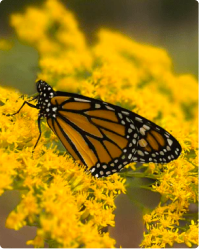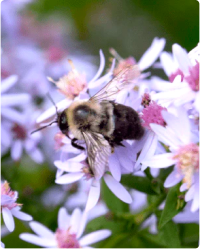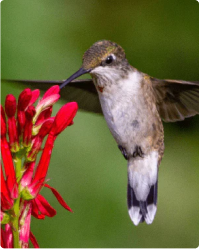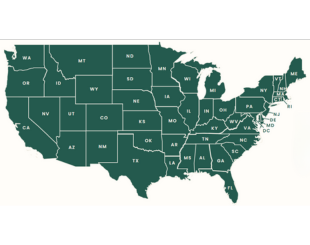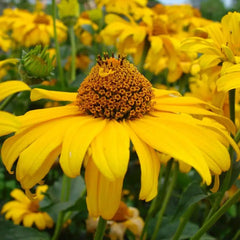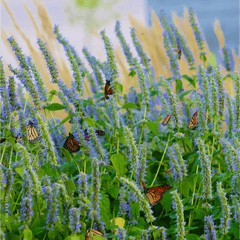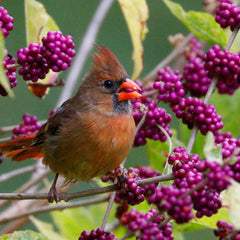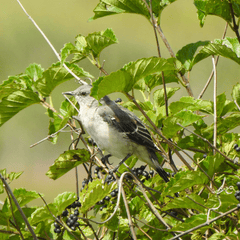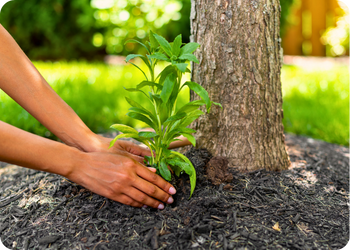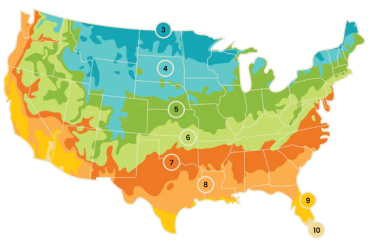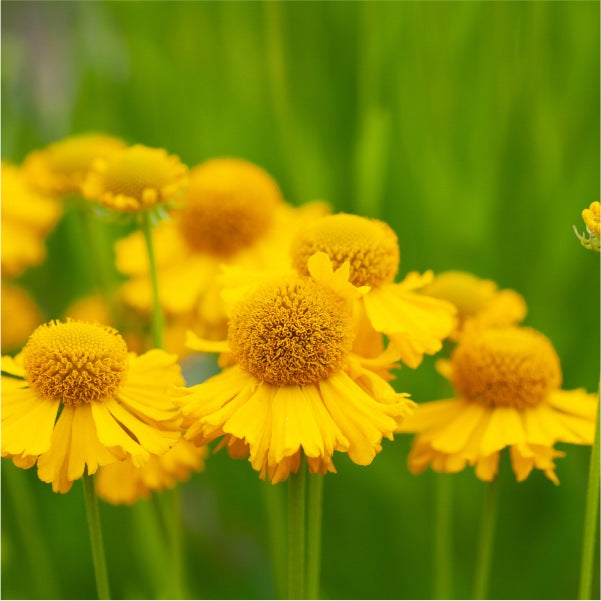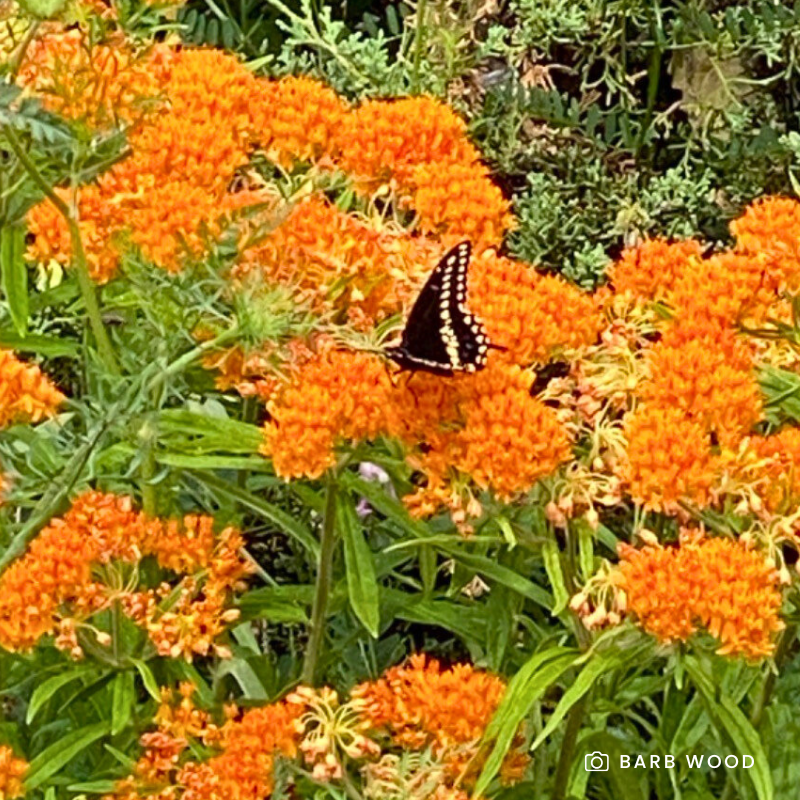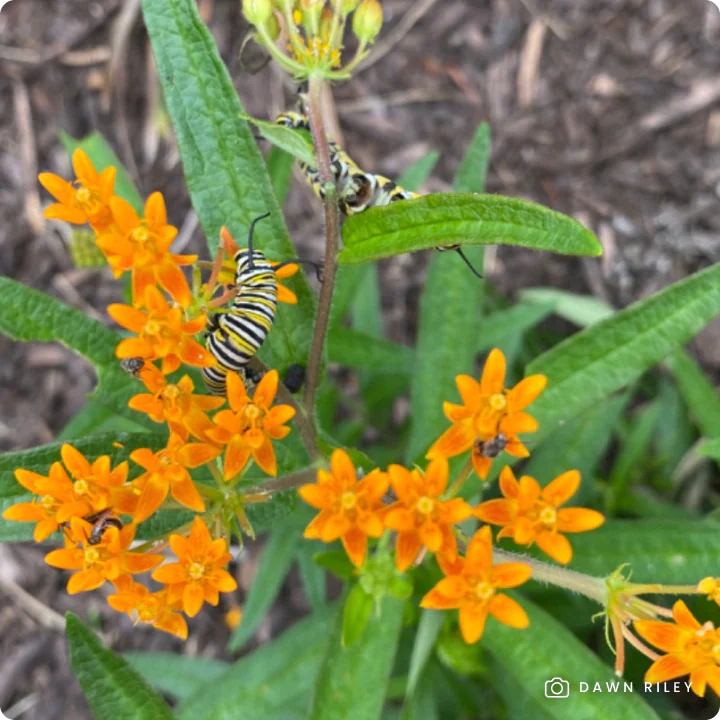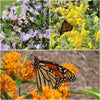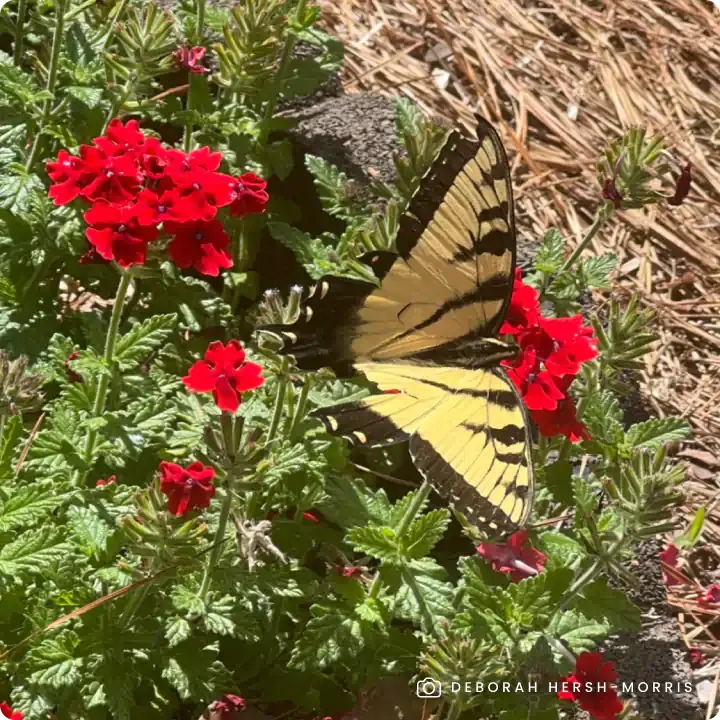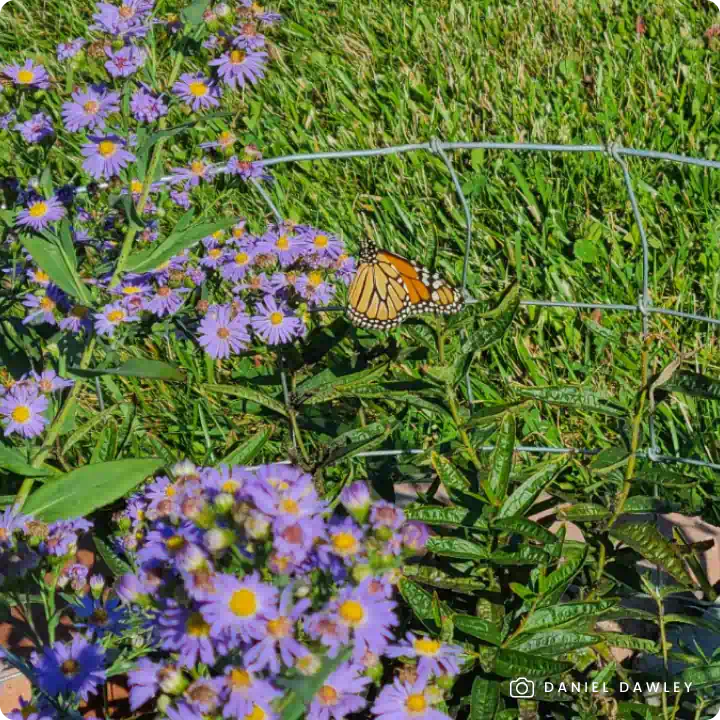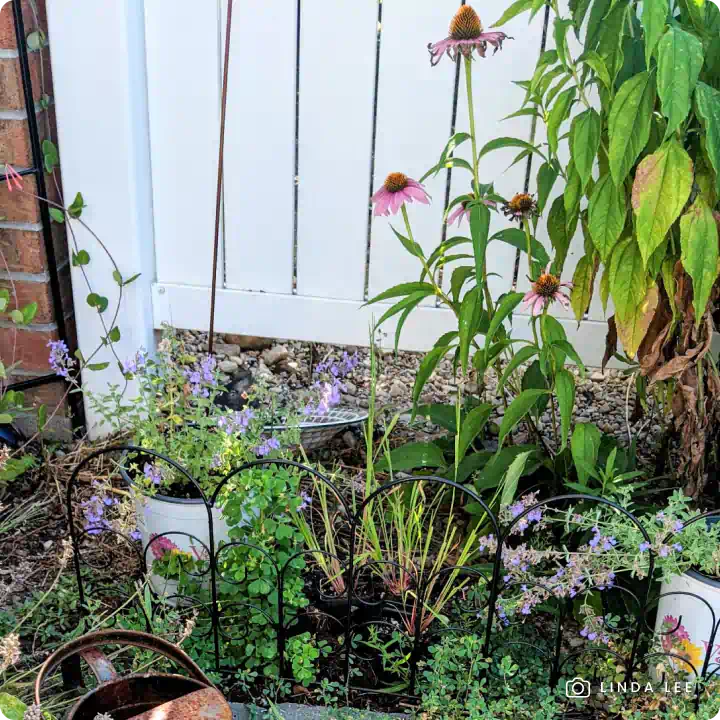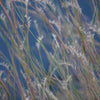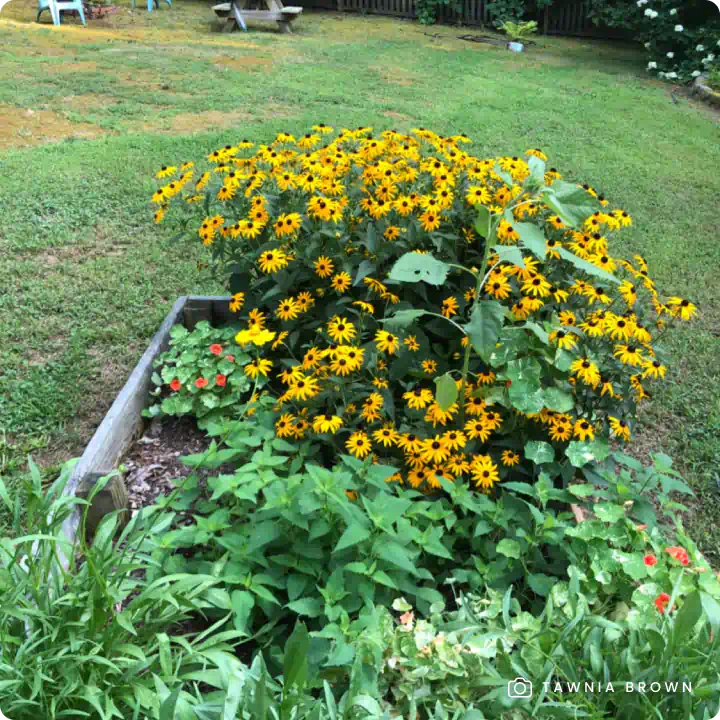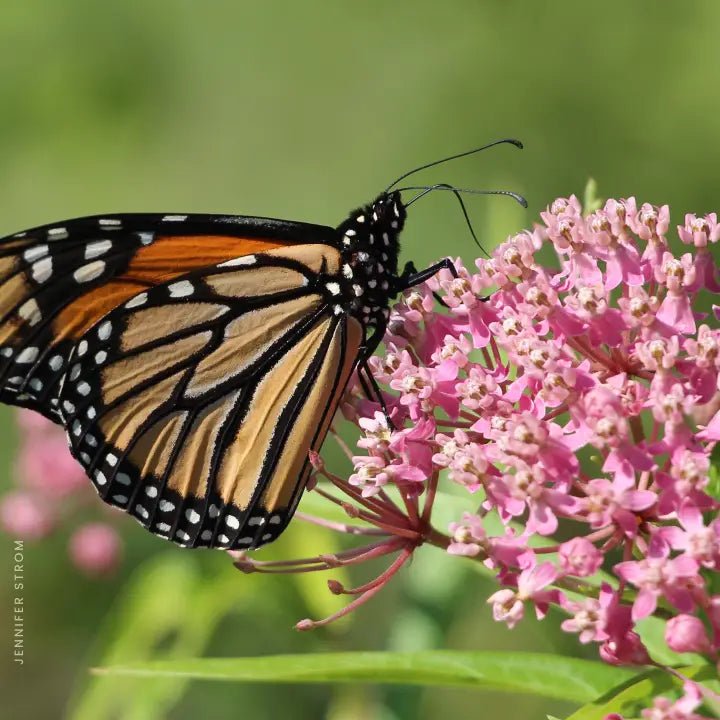Brighten your late-season garden with Sneezeweed (Helenium autumnale), a tall, showy native perennial bursting with golden-yellow, daisy-like flowers from late summer into fall. This pollinator powerhouse provides a crucial nectar source for butterflies, native bees, and other beneficial insects during a time when many other blooms are fading. Its upright habit and cheerful color make it a standout in rain gardens, pollinator plantings, and naturalized borders.
Despite its name, sneezeweed does not cause allergies; the common name originates from the historic use of its dried leaves in powdered snuff intended to induce sneezing as a folk remedy to rid the body of evil spirits.
Key Features:
- Late-Season Pollinator Support: A vital nectar source for butterflies, bees, and moths when few other flowers are in bloom.
- Thrives in Moist Soils: Perfect for rain gardens, wet meadows, and stream banks.
- Low-Maintenance & Reliable: A hardy perennial that returns each year with minimal care.
- Deer & Rabbit Resistant: Naturally unappealing to browsing wildlife once established.
- Bird-Friendly: After flowering, seed heads provide food for songbirds in fall and winter.
- Pollinator-Safe: Grown non-GMO and free of harmful neonicotinoids, promoting a healthy ecosystem for pollinators and wildlife.
Available in sets of three, six, or 12 plants, making it easy to create eye-catching drifts of late-season color!
Planting Tips:
- Location: Plant in full sun with moist, well-drained (tolerates clay and heavy soils)
- Watering: Regular watering during establishment; becomes more drought-tolerant over time
- Maintenance: Minimal care required. There's no need to deadhead the flowers, as allowing them to go to seed provides a valuable food source for birds. Leaving the stems standing in the fall offers overwintering sites for beneficial insects. If desired, cut back the stems in late spring after pollinators have emerged.
For more information on planting, view our How to Plant Your Native Plants guide and other planting tips in the Garden for Wildlife Learning Center.
